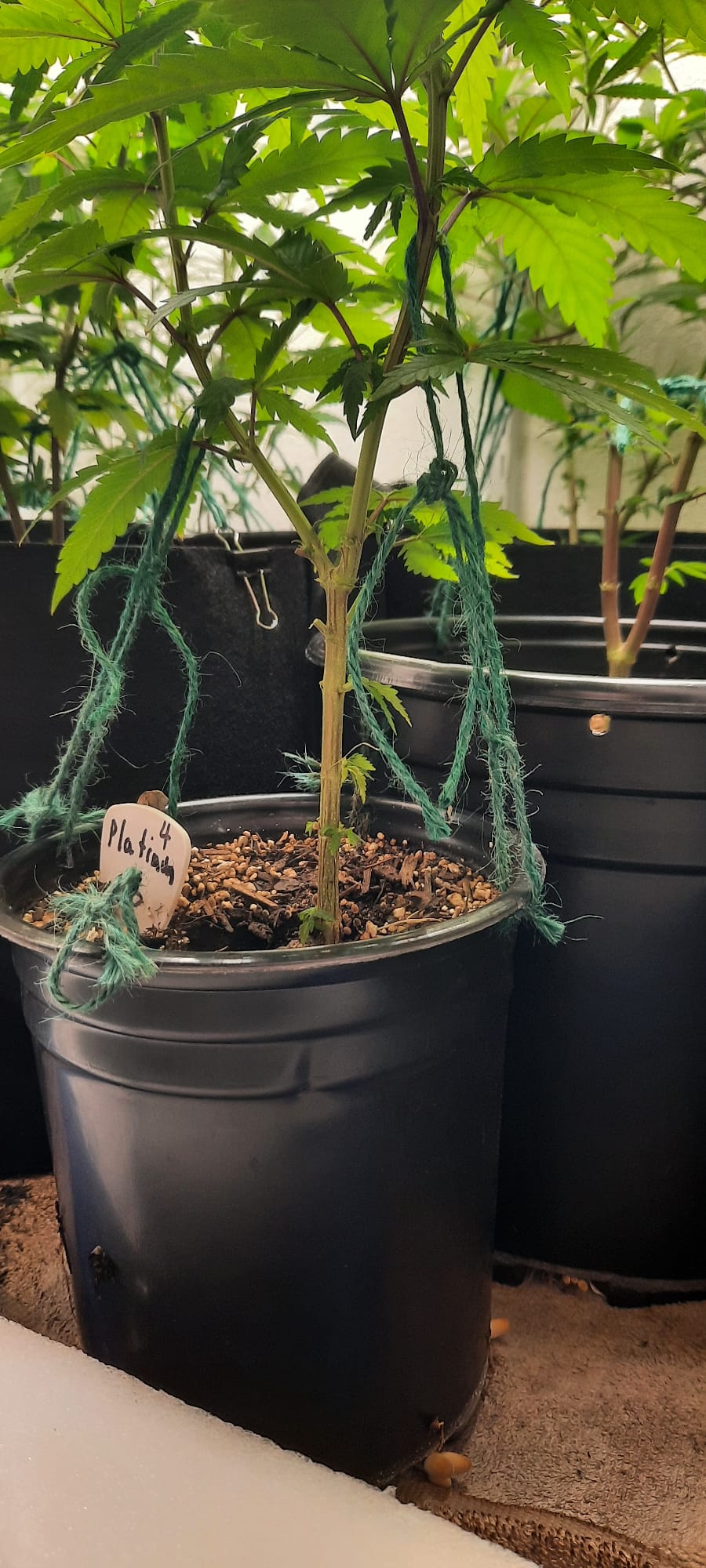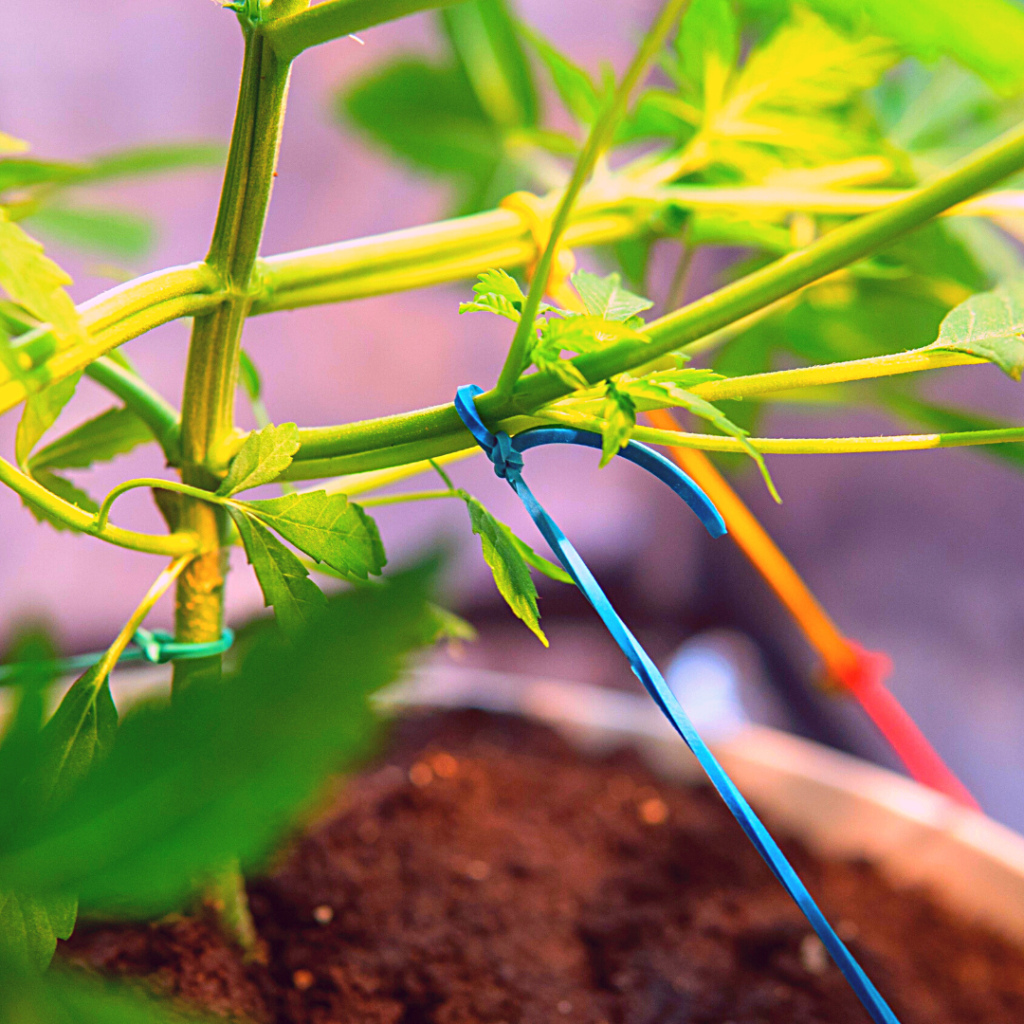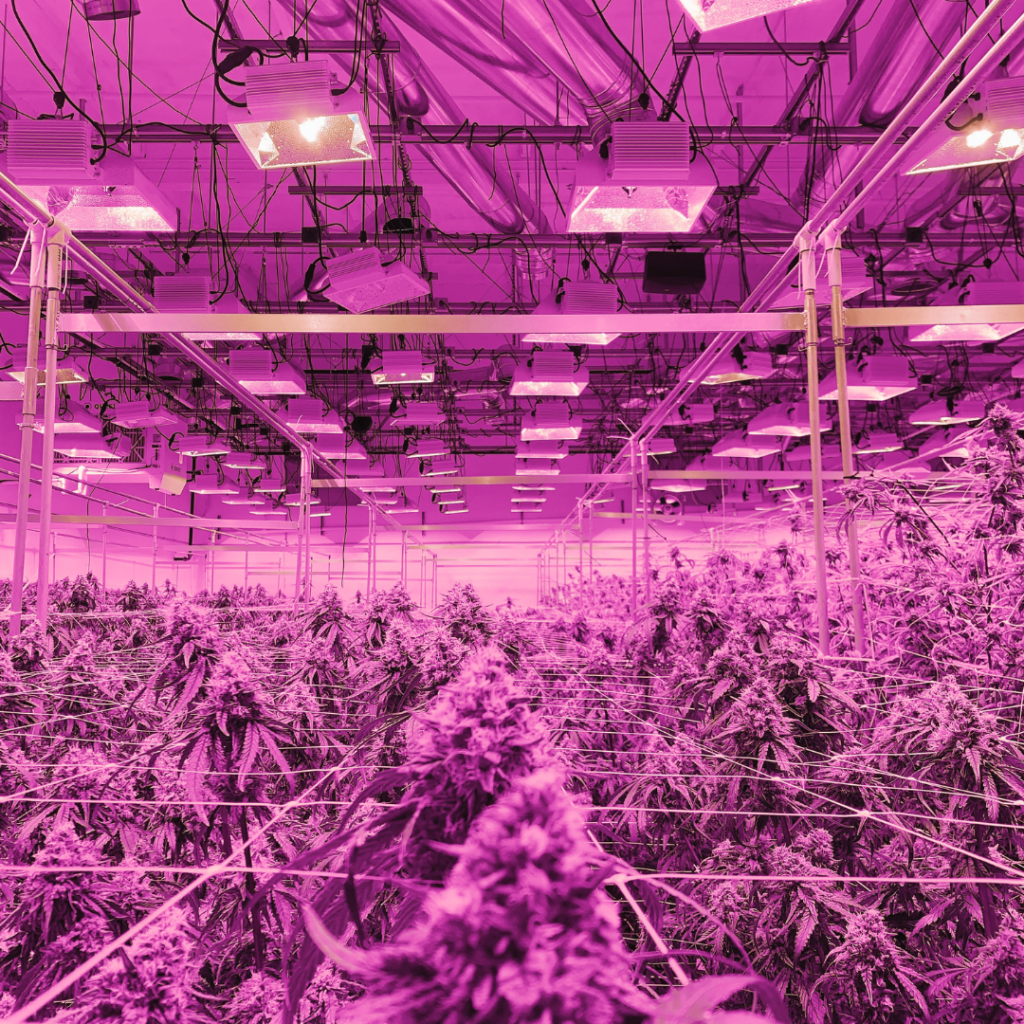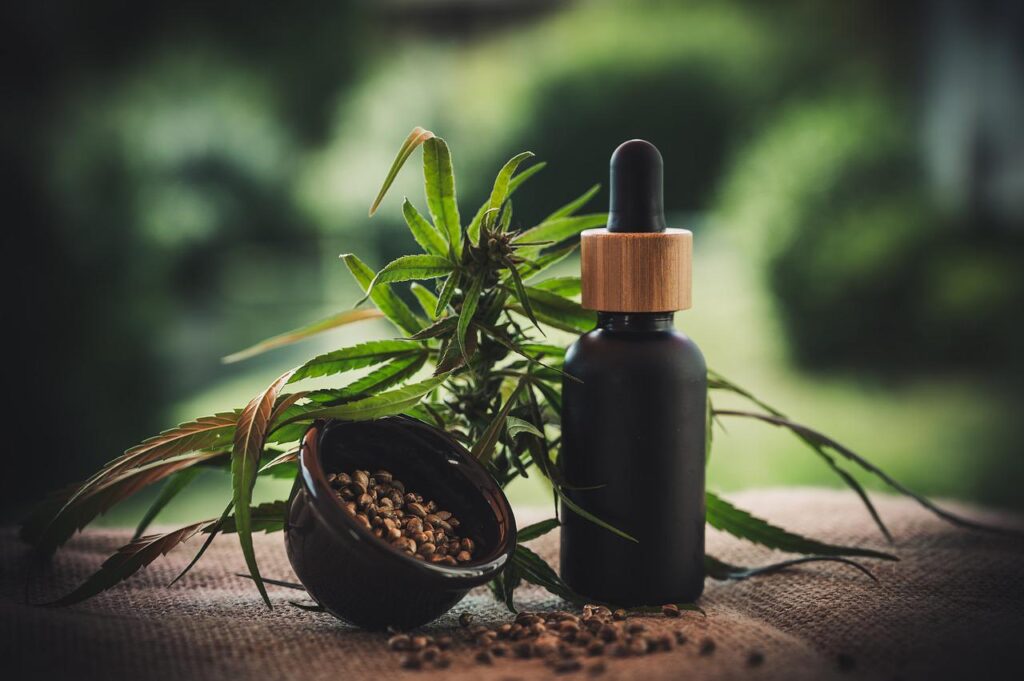Low Stress Training of Your Cannabis Plant

Introduction
Cannabis plants are incredibly resilient and can adapt to their environment. Low stress training (LST) is a method that utilizes the plant’s natural growth patterns in order to increase yields and improve overall health (with less stress on your back). LST requires little equipment, only takes a few minutes per day, and can give you bigger and better buds every harvest!
Benefits of LST
There are a lot of benefits of LST-ing. Here are just a few:
- Increase yields
- Manipulate plant shape
- Increase plant density, especially for plants that come from clone mothers with large, bushy tops
- Increase branching and bud production on each node of the main stem (note: this can be done in conjunction with topping)
- Increase canopy size
Supplies
The supplies you’ll need for your training project will vary depending on the type of plant you’re growing. If you’re growing an indoor plant, though, these are the things that will get it through its early stages until it’s ready to be transferred outside:
- A trellis or lattice that can support the weight of your plant as it grows
- Hangers or clamps to hang your trellis (if necessary)
- Scissors for cutting both string and plants
- String (knot tying optional)
You’ll also want some kind of clippers because once your cannabis is fully grown, trimming is an essential part of maintaining healthy growth patterns and preventing overgrowth in certain areas.
How to Train Your Plant

The first thing you’ll need to do is prepare your plant. Make sure it’s young and has plenty of room to grow, so that you can start training it right away.
Next, choose a specific direction for the plant’s main stem (the main vine) to grow in. Ideally, this should be an area where light hits most of the day, with no obstacles that could block out light later on in its life. Obstacles can include walls or other plants that are in the light’s way.
Once you’ve chosen a direction for your plant, tie down all its branches using twine or string that is about as thick as a pencil lead (or smaller). Take care not to tie them too tight. If the string starts to grow into the stem, loosen the string tension some to keep the stem from growing into string. You can also train these branches by tying them together using different lengths of string. This way each branch will get exactly what it needs from its support system without being too restricted by its neighboring branch’s growth patterns. This is how you encourage healthy development across all sides equally well!
Next comes choosing how tall you want your marijuana plant.
The Tie Down Technique
If you want to train your cannabis plant to grow horizontally, the tie down technique is a great way to do so. This method uses twine or string to tie down the plant and keep it from growing vertically. If you’re not sure where to start, here are some tips:
When you first begin training your cannabis plant with this technique, it’s important that there are at least a couple points of contact between the twine and the stalks of your marijuana plant. This will help secure them in place while they grow horizontally. It also helps if those points of contact are evenly spaced around the main stem, or stalk), which will encourage even growth along its length.
Scrogging (Screen of Green)

Scrogging (Screen of Green) is a way to grow a plant that uses a trellis. The plants are attached to the trellis net with a specific flowering site going to a specific square in the trellis netting. In this case, you can use any type of netting or metal screen, except for a light weight material. Why? The buds will be too heavy for your plants’ stems. The trellis netting is the main support for the buds.
Conclusion
We hope you’ve enjoyed learning about the benefits of low stress training and how to do it yourself. Low stress training can increase your cannabis yields, and it’s easier than you think!
We hope that you discover some new ways to work with your plants in this article. If you have any questions or comments, please leave them below

